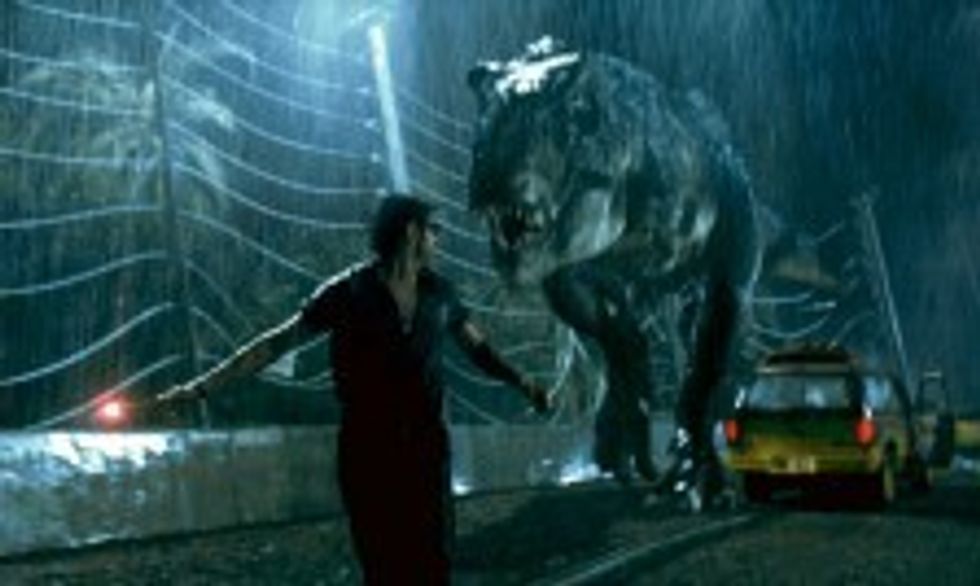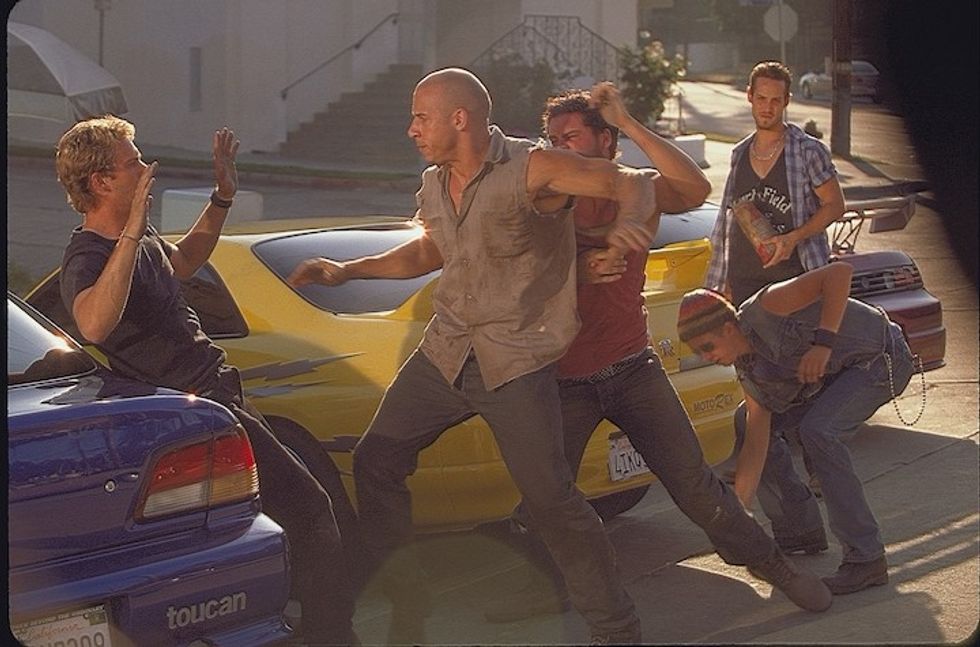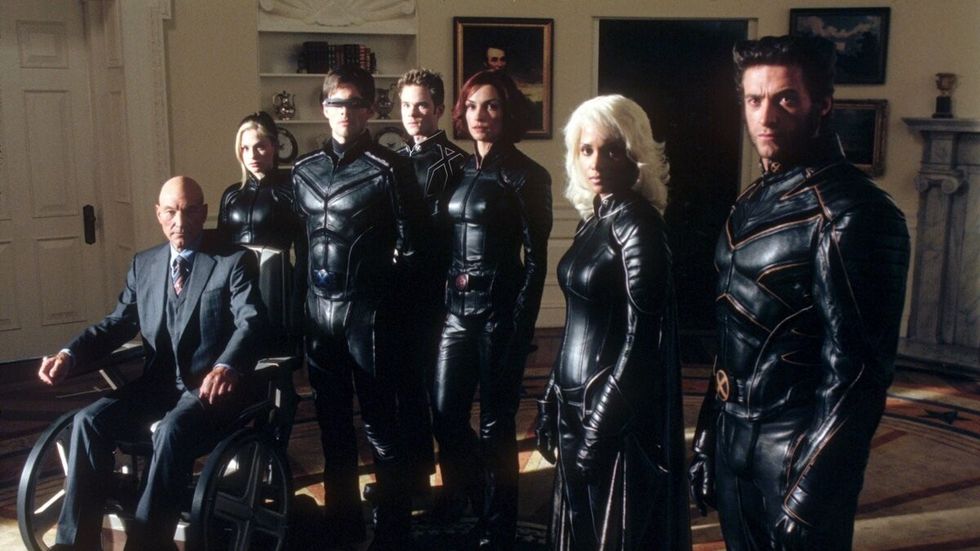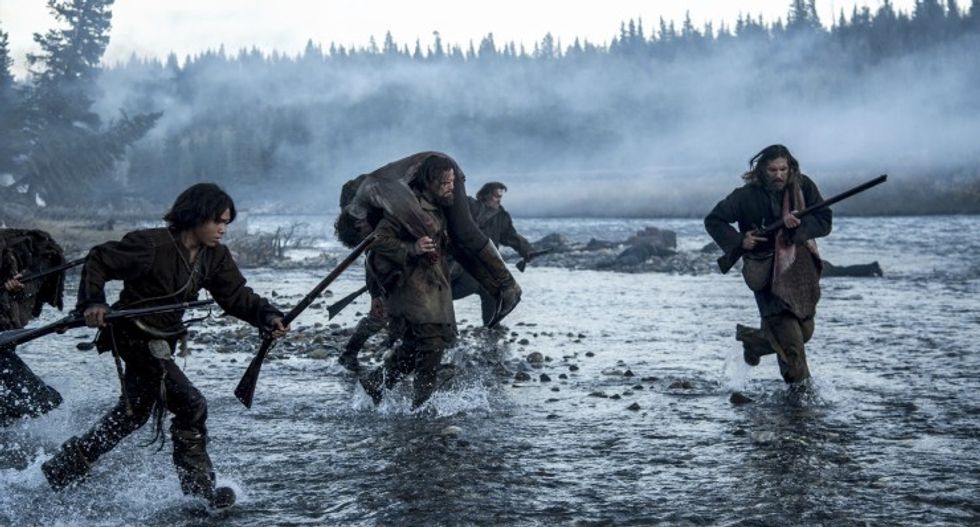'Ford v Ferrari': Read and Download the Script
You can learn a lot from the Ford v. Ferrari screenplay, one of the year's best.

There's something about Ford v. Ferrari that feels raw and gritty. Like it smells of gasoline, burnt rubber, and oil.
Watching the movie is a visceral experience. You wish your theater chair came with seatbelts.
That's the sign of something shot with a great screenplay because, without the wheels and chassis of a good script, the motor of a great movie will never run.
Yeah, I know that metaphor was reaching but you get what I'm saying. Great scripts should be celebrated and loved. Let's go over the Ford v Ferrari script and take a look at a few lessons we can learn from the story.
So ladies and gentlemen, start your engines! Read and download the Ford v Ferrari Script here!
The Ford v. Ferrari script was written by Jez & John-Henry Butterworth and Jason Keller. At 140ish pages, it reads like it has its foot on the gas. Pages are clean, the action lines are sparse, and the dialogue sings.
It's the work of competent professionals that feel assured when guiding us through the story.
One of the best ways the writers do this is via intercutting action within the same scene heading. This helps the audience understand what's going on during the race -- especially when the characters are watching.
It also guides the audience toward the details they need to know or pay attention to as the story progresses.
Check out this page from when Shelby visits Miles at Miles' first race.
This is all done with bare description -- minus the detailed, italicized race action. Despite the spars prose with the characters, we still have a strong sense of what they are experiencing.
Another thing this script does so well is dialogue.
Each character has a distinct voice. And even in scenes where the main characters are arguing or explaining things, each has their own way of talking. This matters a lot in casting, you want actors to be able to see the role and how it's different than the others on the page.
In this initial debate between Shelby and Miles, we get their characters defined by their most dominant traits.
Shelby is overconfident but secretly scared. Miles is angry, but secretly vulnerable. And their dialogue reflects it.
See the below scene, where Miles and Shelby chat their future over a low-key meal.
You can see why these high profile actors decided to be part of this film. Each man has a chance to be both powerful and vulnerable. It's fun to see them play off one another.
Finally, lets look at how the racing action is structures and presented on the page, formatting-wise:
I like the mix between emotional insights into the drivers' minds and the actual action. The writing guides the reader between what they should be feeling and what's happening. (Which is usually a no-no in screenwriting, but not for writers at this level.)
We understand the major parts of the scene so we can see what happens in our mind, but lines like "Is this nihilism?" make us understand the internal working of each character.
Each paragraph is broken up into readable and digestible bits. This keeps us moving forward in the script and getting information in beats that feel both informative and exciting. You actively want to keep reading.
What makes the pages keep turning in your project? How can you structure your sentences and the action to help service that?
Use this script as inspiration for writing yours, but remember: At this level of screenwriter, studios are kinder to the writing liberties taken here. Try to keep your prose/action lines to no more than 2-3 sentences to ensure a brisk read and "less is more" when it comes to sentences that give insight into thoughts belonging to your characters -- things the audience won't see.
What's next? Read more car chases in screenplays!
Learning how to write a chase scene in a screenplay is imperative to keep the action moving, and the reader invested. So what are some tips?
We have your backs. Click for more.




















